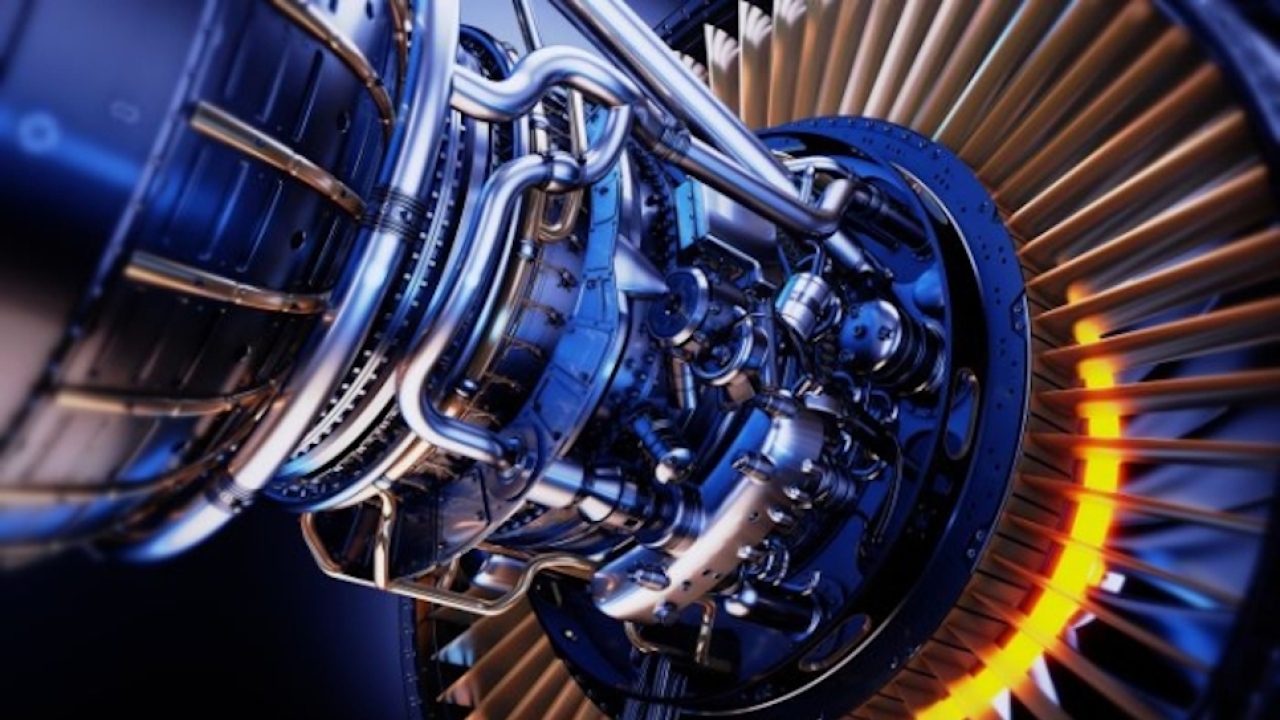Wind tunnel testing begins at QinetiQ for Boeing 737 MAX

“QinetiQ’s dedicated team has over twenty years’ experience testing for Boeing Commercial Airplanes which enables us to provide a highly specialised service for the 737 MAX program”, said Andrew Yarrow, head of Farnborough facilities at QinetiQ.
Testing began at QinetiQ’s test facility in Farnborough, where engineers are working to substantiate the forecasted low-speed performance of the 737 MAX on takeoff and landing.
“Wind tunnel testing is on the critical design path of the Boeing 737 MAX programme,” said Michael Teal, chief project engineer and deputy program manager, Boeing 737 MAX programme. “This final phase of wind tunnel testing confirms that we are on track to complete our design goals and deliver the 737 MAX to customers beginning in 2017.”
QinetiQ’s 5-metre wind tunnel has been used by Boeing to help design high lift systems for improved takeoff and landing performance for numerous programs including the 787 family, 777 family, the 747-8 and the Next-Generation 737 family.
The Boeing 737 MAX is a new engine variant and builds on the strengths of today’s Next-Generation 737. The 737 MAX incorporates the latest-technology CFM International LEAP-1B engines to deliver the highest efficiency, reliability and passenger appeal.
Boeing say that airlines operating the 737 MAX will see a 10-12% fuel burn improvement over today’s most fuel efficient single-aisle airplanes and a 7% operating cost per-seat advantage over tomorrow’s competition.
Industry analyst Saj Ahmad said:
"With the 737 MAX family entering wind tunnel tests, Boeing hopes to evaluate its modelling for all three MAX variants ahead of final design freeze in 2013.
"Earlier this month, CFM and Boeing have firmed up their plans for installing the bigger LEAP-1B engine for the new 737 MAX family and we're going to see more progress as the year goes on. Changes to the empennage and new details about alterations to the nose and main landing gear will follow."
Ahmad continued: "Critically, these wind tunnel tests will determine the engineering requirements to ensure that the 737 MAX family attains its goal of lowering fuel burn by between 10-13%, with additional testing validating performance, handling and future revisions to the airplane as longer range and higher gross weight models emerge, pending airline requirements.
"With Boeing already having long since established winglets on the 737 family, it is has the edge over rival Airbus who are currently testing their own winglet design for the A320neo - the latter itself is also subject to a lawsuit by Aviation Partners over copyright infringement. While its only a one area that Boeing has a lead over Airbus, it will have less engineering work to do to accommodate the new LEAP engine. Airbus has much more work to do to define the parameters for both the LEAP engine and the heavier rival GTF from Pratt & Whitney."
Dale Belter, data engineer, and Kevin Schoenen, test director, prepare the Boeing 787 Dreamliner model for a series of tests at the Boeing transonic wind tunnel facility in Seattle. The tests will help verify the performance of the airplane design during the highest-speed portions of flight. The 787 will cruise at Mach 0.85, the fastest cruise speed for any large commercial jet.
More than 15,000 hours of wind tunnel time will be logged to develop the 787 at a variety of wind tunnel facilities.
Photo Credit: Boeing Photo
Stay up to date
Subscribe to the free Times Aerospace newsletter and receive the latest content every week. We'll never share your email address.

